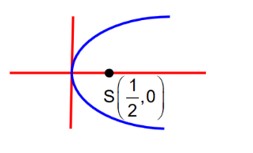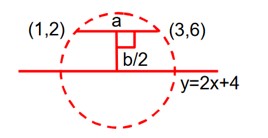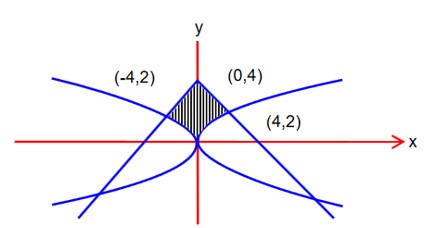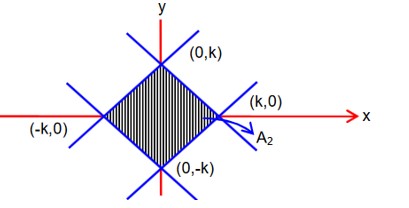Maths
Get insights from 6.5k questions on Maths, answered by students, alumni, and experts. You may also ask and answer any question you like about Maths
Follow Ask QuestionQuestions
Discussions
Active Users
Followers
New answer posted
3 months agoContributor-Level 10
Kindly go through the solution
Use characteristic equation
New answer posted
3 months agoContributor-Level 10
Put z = x + iy
For minimum x = 1, y = 2, V0 = 30
So, z0 = 1 + 2i
New answer posted
3 months agoContributor-Level 10
f (a) = a, a is max of powers of prime P such that Pa divides a.
f (2) = 1; g (2) = 3
f (3) = 1; g (3) = 4
f (4) = 2; g (4) = 5
f (5) = 1; g (5) = 6
f (2) + g (2) = 4
f (3) + g (3) = 5
f (4) + g (4) = 7
f (5) + g (5) = 7
So, f (x) + g (x) is many-one-and an into function. We won't get 'I' in the range.
New answer posted
3 months agoContributor-Level 10
For R1, take a = 1, b = 0, c = -1
but AC < 0
So R1 is not an equivalence relation.
For R2, it will not be symmetric.
So R2 is also not an equivalence relation.
New answer posted
3 months agoContributor-Level 10
….(i)
a + b + c = 5
….(ii)
Applying (i) – (ii), we get :
= 56 + 216 + 7b – 9c = 56 + 216 – 135 = 137
New answer posted
3 months agoContributor-Level 10
Let the equation of circle be

Radius =
This circle and parabola
touch each other, so
New answer posted
3 months agoContributor-Level 10
As slope of line joining (1, 2) and (3, 6) is 2 given diameter is parallel to side
New answer posted
3 months agoNew answer posted
3 months agoContributor-Level 10
for
->r = 24
k = 3 + exponent of 5 in 
=
= 3 + (12 + 2 – 4 – 0 – 7 – 1)
= 3 + 2 = 5
Taking an Exam? Selecting a College?
Get authentic answers from experts, students and alumni that you won't find anywhere else
Sign Up on ShikshaOn Shiksha, get access to
- 65k Colleges
- 1.2k Exams
- 679k Reviews
- 1800k Answers



